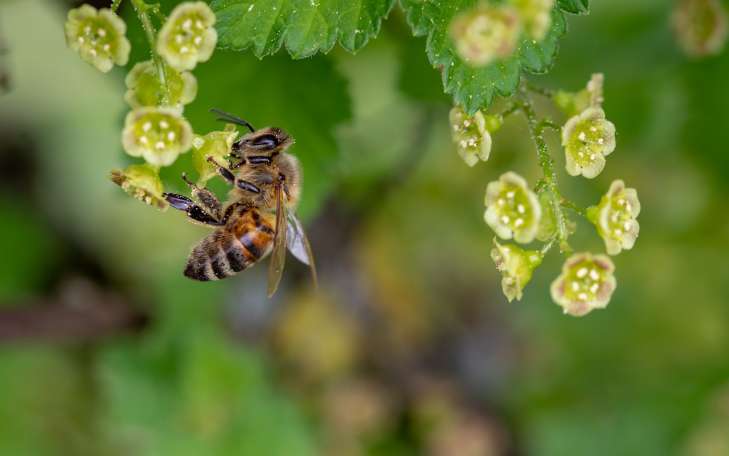Bees: Interesting Facts
Scientists have found that honey bees understand arithmetic—they can be taught to add and subtract, Science Advances reports.
Why is the bee this color
Flower colors help influence nectar areas.
This is why the petals are usually a different color than the leaves.
Although humans can see more colors, bees have a much wider range of color vision.
Their ability to see ultraviolet light gives them an advantage when searching for nectar.

What are bees good for
Bees are part of biodiversity and our survival depends on them.
They produce high quality food products - honey, royal jelly and pollen, as well as other products such as beeswax, propolis and honey bee venom.
If the bees disappear, there will be no fruits and berries: apples, pears, peaches, strawberries.
Bananas will remain - they are pollinated mainly by bats.
Many vegetables will be gone: cucumbers, tomatoes, sweet peppers. Nuts and dried fruits will disappear.
How bees see the world
A distinctive feature of a bee's vision is its ability to distinguish only a few shades of the spectrum, namely yellow, blue-green and blue-violet.
The color red does not exist for bees; they see it the same way as black.
Orange and green are visible to the bee as faint shades of yellow.


